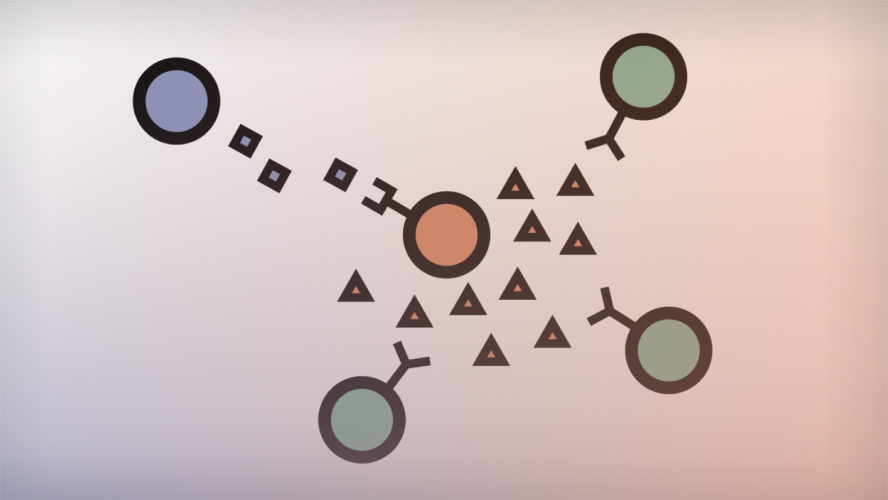
Researchers at the Princess Margaret Cancer Centre (PM) have developed a new AI tool to better understand how cells communicate with each other in diseases such as cancer.
Cells communicate to coordinate essential functions and build tissues. When this communication breaks down, it can contribute to diseases like cancer by promoting tumour-related inflammation, encouraging the growth of blood vessels, and triggering metastasis. Understanding how cells communicate during various cell and tissue functions may help researchers develop better treatments for cancer.
Detecting cell-to-cell communication at a large scale remains challenging. Current techniques use sequencing to identify pairs of molecules involved in communication. However, these techniques can mistakenly detect interactions, do not capture signals between individual cells, and only identify single pairs of interacting molecules, as opposed to complex networks composed of many interacting molecules across multiple cells.
To address these challenges, a team led by Dr. Gregory Schwartz, a Scientist at PM, developed Cell Neural Networks on Spatial Transcriptomics (CellNEST)—an AI-based tool that identifies complex cell-cell communication patterns between individual cells using advanced machine learning.
CellNEST can detect “relay-style” signalling, where messages pass through chains of cells via multiple molecular messengers called ligands and receptors.
To evaluate CellNest, the team applied the tool to five biological situations across different tissues, species, and technologies. They found that CellNEST outperformed existing techniques, consistently capturing known communication patterns in both healthy and diseased conditions, while also identifying new potential relay networks.
The method detected guiding signals in human lymph nodes, identified aggressive cancer communication in lung and colorectal tumours, and uncovered new patterns of communication in pancreatic cancer. Specifically, in a cohort of patients with pancreatic cancer, CellNEST revealed key cell–cell communication linked to disease progression, treatment response, and survival, and mapped these signals to known cancer subtypes.
CellNEST is also paired with a user-friendly online platform that allows scientists to explore these cellular conversations in real tissue samples. This innovation could open new avenues for understanding how diseases spread and for blocking harmful cellular interactions through targeted therapies.
CellNEST is available at https://github.com/schwartzlab-methods/CellNEST.
Dr. Fatema Tuz Zohora, a Postdoctoral Researcher at Princess Margaret Cancer Centre, is a co-first author of the study.
Deisha Paliwal, a Master's student at Princess Margaret Cancer Centre, is also a co-first author of the study.
Dr. Gregory Schwartz, a Scientist at Princess Margaret Cancer Centre and Assistant Professor in the Department of Medical Biophysics at the University of Toronto, is the corresponding author of the study.
This work was supported by The Princess Margaret Cancer Foundation, the Canadian Cancer Society, the Natural Sciences and Engineering Research Council of Canada, the Social Sciences and Humanities Research Council, the Canada Foundation for Innovation, the Ontario Institute for Cancer Research, the University of Toronto, the Government of Ontario, and Schmidt Sciences.
Dr. Gregory Schwartz is a Tier 2 Canada Research Chair in Bioinformatics and Computational Biology.
Zohora FT, Paliwal D, Flores-Figueroa E, Li J, Gao T, Notta F, Schwartz GW. CellNEST reveals cell-cell relay networks using attention mechanisms on spatial transcriptomics. Nat Methods. 2025 Jul;22(7):1505-1519. doi: 10.1038/s41592-025-02721-3. Epub 2025 Jun 6.




